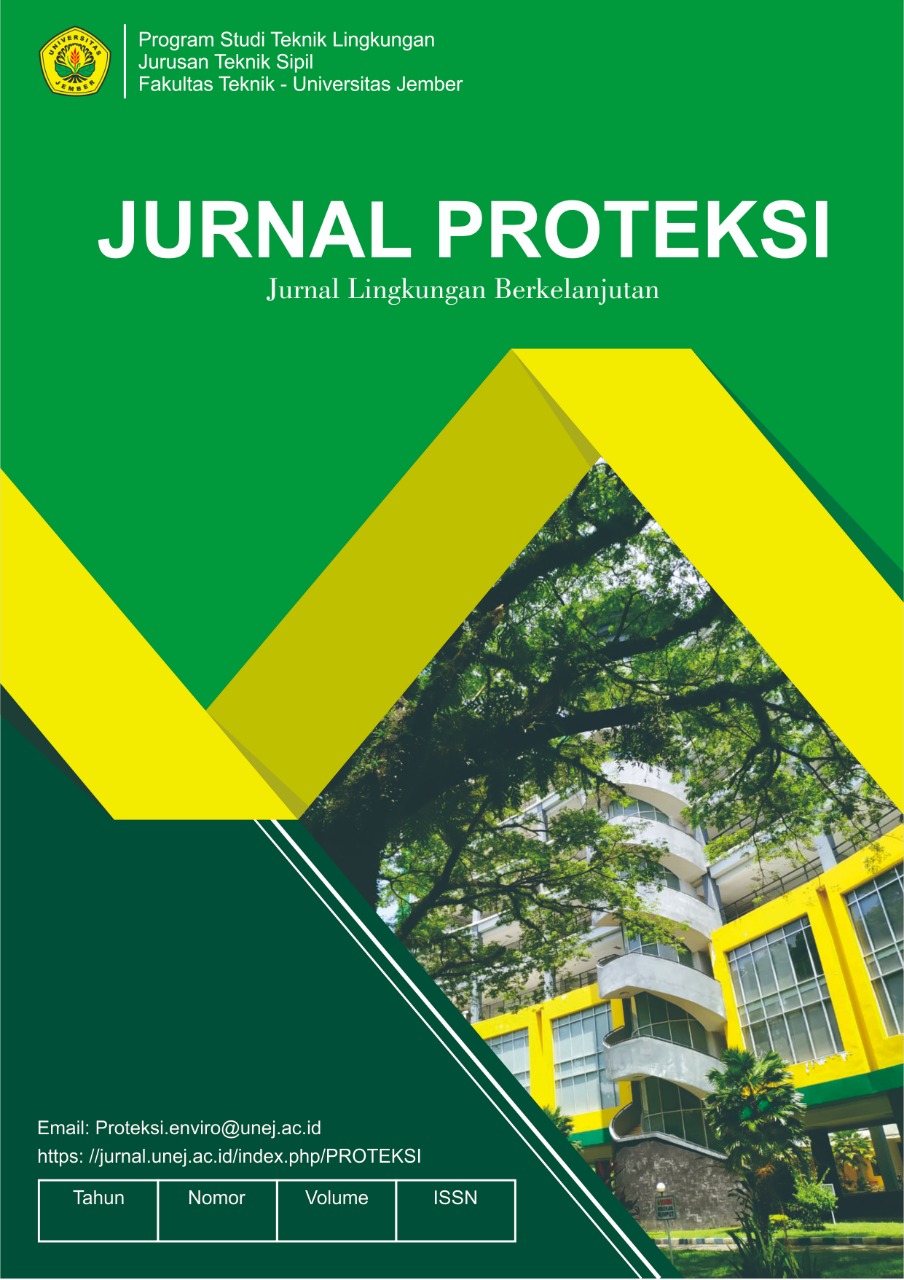Study of The Potential of City Waste as Fuel for Waste Power Plant in Jambi City
Abstract
ambi City is the capital city of the province which has a fairly large population density. Waste production in Jambi City is quite large. Garbage is the rest of human activities in their daily lives, so the volume of waste will depend on the population of an area. Therefore, inefficient waste management will become a new problem in urban areas. The waste management applied in Jambi City still adheres to the paradigm (transport-dispose) from the source of waste to the final disposal site (TPA) without special treatment for waste, although in Law No. 18 of 2008 waste management has been regulated as it should be for the realization of improving public health and environmental cleanliness as well as making waste as a natural resource. The daily weight of waste in Jambi City is around 333,610 kg or equal to 333.61 tons/day. The composition of the waste from the total waste is 8% plastic bottles, 28% aqua glass, 3% glass tea bottles, 3% buckets, 9% tubes, 6% cans, and 43% sacks. By using the calculation of the thermal method, the electricity potential generated is 43,008.16 and the Net Power Output (influenced by generator efficiency ±25%) is 10,772,34 kW. By using the method of least cost NPV calculation results of Rp. 60,067,535,702.00 which means, this project is profitable according to the project feasibility criteria NPV > 0 and the payback period for PBP is 12 years (not exceeding the economic life of a generator). The profit-to-cost ratio shown by BCR is 1.61.



